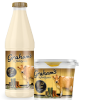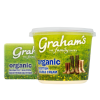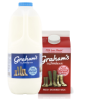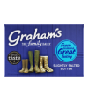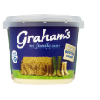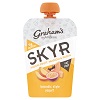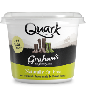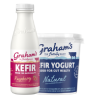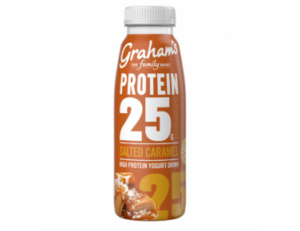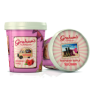
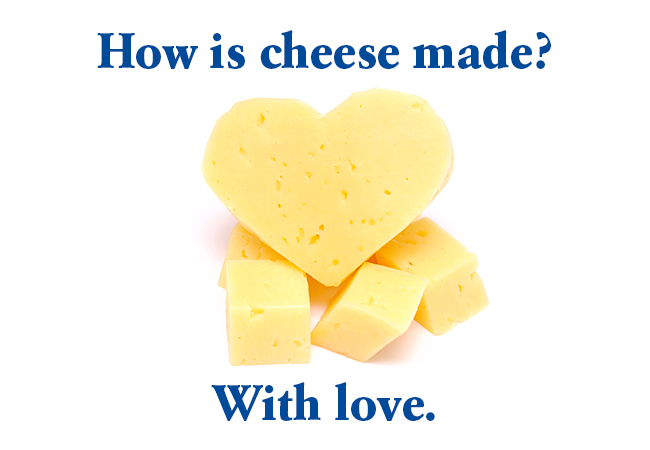
Cheese is one of the great treasures and pleasures of the world so we felt that it was about time that we devoted a blog post to it. It gives us calcium and protein, it’s delicious whether chilled or melting and it can be enjoyed as part of breakfast, lunch or dinner.
No wonder even just saying the word ‘cheese’ brings a smile to people’s faces!
When was cheese first produced?
Incredibly, archaeologists have found definitive evidence of cheese from as far back as 5500 BCE in Poland. We love our Mature and Extra Mature cheeses but we think even we’d have to draw the line at sampling any remnants from those days.
Cheese production wasn’t just limited to pastoral grasslands though. There’s also evidence of cheese being enjoyed by people around the Sahara desert as long ago as 4000 BCE. There’s an ancient Arab legend of a trader being the first to discover cheese by transporting milk in a container made from animal intestines and the rennet that remained in the lining turning the milk into curds (solid) and whey (liquid).
Curds? Whey? Rennet? What are they?
If you’ve only heard of curds and whey from the Little Miss Muffet nursery rhyme then let us clear up what they actually are. Curds result when something acidic is added to milk, causing the proteins in the milk to come together and form the solid masses that we want to turn into cheese. Whey is the liquid that is left over when curds form.
Rennet is a complex of enzymes and is found in the stomachs of cows and other animals that are known as ‘ruminants’. Ruminants are animals that regurgitate their food and chew it again as part of a process designed to acquire more nutrients from it. Rennet is acidic so, as in the legend of the Arab trader, adding it to milk would cause it to turn into curds and whey.
What’s the history of cheese in Scotland?
Cheesemaking seems to have been introduced to the British Isles by the Romans, certainly according to Pliny who says that Britons at the time of the Roman invasion had an abundance of milk but “did not understand the art of making cheese”.
To be fair to Pliny, he did acknowledge that ancient Britons were making butter and that it was, “the most delicious food of barbarous nations”. Thanks… we think!
However, due to Scotland having less of a Roman influence than the rest of the British Isles (think Hadrian’s Wall), Scottish cheese initially evolved to have a different character from English cheese. Scottish cheeses were traditionally softer, closer to a more buttery or cottage cheese-like consistency than firmer cheeses like cheddar.
How is cheese made today?
We’re pleased to say that we’ve caught up since Pliny’s day and, as a leading Scottish producer, we’re very proud of our range of cheddar cheeses.
Our milk is first pasteurised, before specially selected bacteria are used to ‘sour’ and thicken the milk. The milk is then further treated to form it into curds and whey.
We want the curd to be concentrated, so that the resulting cheese is firm rather than resembling cottage cheese. We cut the curd, so as to release any remaining whey from them. We then heat the curd (which will raise its pH), before milling it and then adding salt. The resulting thicker, firmer curd is then pressed into moulds.
How long the cheese is ripened for at this point dictates whether it will become Cheddar, Mature Cheddar or Extra Mature Cheddar. This process takes place in storage rooms in which we can control factors like the temperature and the humidity levels, ensuring that we maintain the quality and standards you’ve come to expect from the Graham’s Cheddar range.

